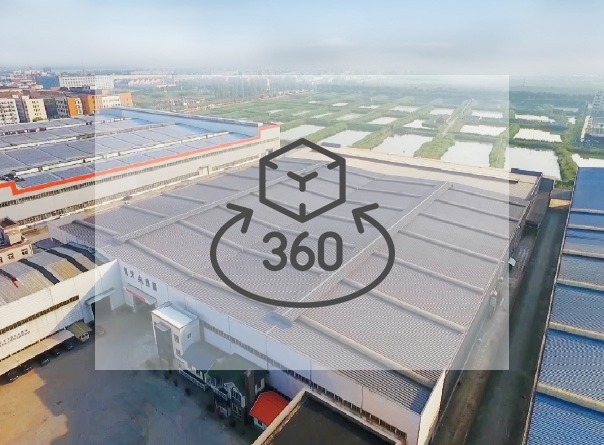Industry News
How Prefab Houses Are Easy to Assemble
25 Apr, 2023
Putting together a prefabricated house can be quite challenging, especially if you don't have any previous construction experience. You'll have to work with building codes, acquire permits and inspect your house for damage during transit. To make sure you get the job done properly, you should contact a building contractor who specializes in manufactured homes. Once the floors have been assembled, the wood frame that supports the wall panels will be installed.


Cost of building a prefab home
The sticker price of a prefab home may not include all costs associated with building the structure. The total cost of building a prefab home depends on several factors, including the location of the site, the builder, and the floor plan. Depending on the size and style of your prefab home, the final cost can run between $250 and $500 per square foot. This does not include land or utilities, which may be extra.
In some areas, the cost of building a prefab home is considerably lower than the cost of purchasing a lot and constructing a home. In the Greater New York area, the average sale price per square foot is around $500. This includes parts of Manhattan, Brooklyn, Long Island, and the outlying suburbs. A prefab home can be built in a day and delivered to your doorstep. If you have the skills and knowledge to complete it on your own, you can build a home for a fraction of the cost.

Down payment required
If you are considering purchasing a prefab home, the first thing you need to do is understand how the construction process works. Most traditional construction loans are structured with draws spaced out throughout the building process. Getting prefab home financing requires a larger down payment early in the construction process than other types of housing, and lenders are not always willing to finance them. Because prefab homes are so new, you may need to find a lender that specializes in financing these types of homes.
Before purchasing a prefab home, you must be aware of what your expenses will be. Usually, the prefabricated house is priced in the low to mid-range. The price does not include land costs, utility hook-up fees, or any extras like a garage. To alleviate the financial burden, you can apply for a construction loan to help with the costs. These loans are often available through banks and will require a down payment of around 20% of the cost of the prefab house.
Construction time
The construction time of prefab houses can be significantly reduced compared to that of traditional homes. Unlike traditional construction, which may take anywhere from six to twelve months to complete, prefab construction takes only weeks and can be done either on or off-site. Additionally, the process is less prone to weather problems and setbacks, so it's easier to control costs. A typical prefab home can be finished up to ninety percent of the way before delivery.


The quality of a prefabricated house depends on how well it's built. This factor is crucial for durability. While traditional construction exposes materials to the elements from the start, a prefabricated house is constructed within four walls of a factory. This makes the building process far less damaging to the materials. Furthermore, a prefabricated house is not subject to weather conditions, meaning that it is likely to withstand extreme temperature changes.

Safety of a prefab home
When you build a home on your own, there are several factors that affect the safety of the building process. A prefab home is manufactured using higher quality materials, which are treated before construction begins. This prevents the possibility of rotting wood, which can lead to the collapse of a house. Additionally, because prefabs are manufactured off site, the risk of exposure to natural disasters is less. Because of these features, safety is one of the most important factors in building a prefab home.
Because prefab homes are manufactured in a controlled environment, they meet stringent building code requirements and are inspected regularly. These inspections are more extensive than those of a site-built home, because the prefab is manufactured with better materials. The manufacturer also uses better methods and equipment, which contribute to the increased safety of prefab homes. Finally, the manufacturing process ensures that the building is built to local building codes, preventing potential health risks down the line.

Share article







 English
English Español
Español 中文简体
中文简体 Français
Français عربى
عربى










